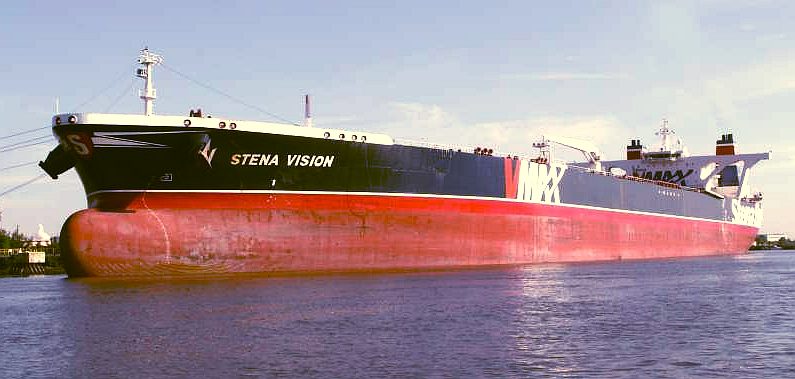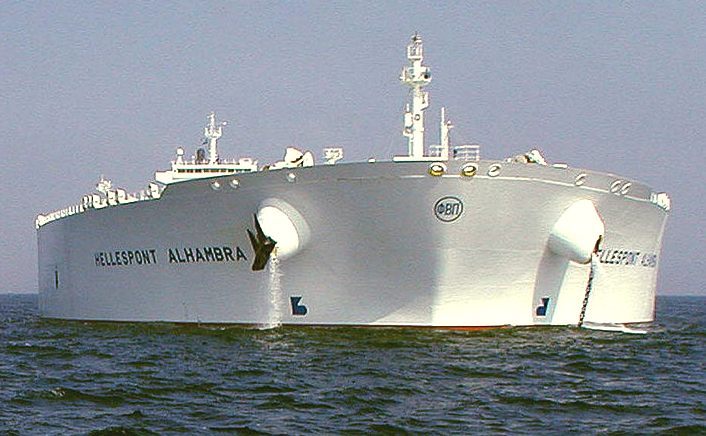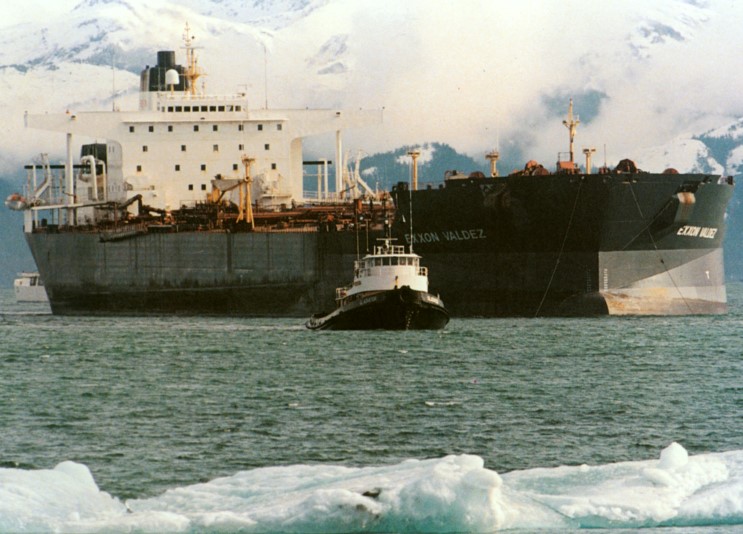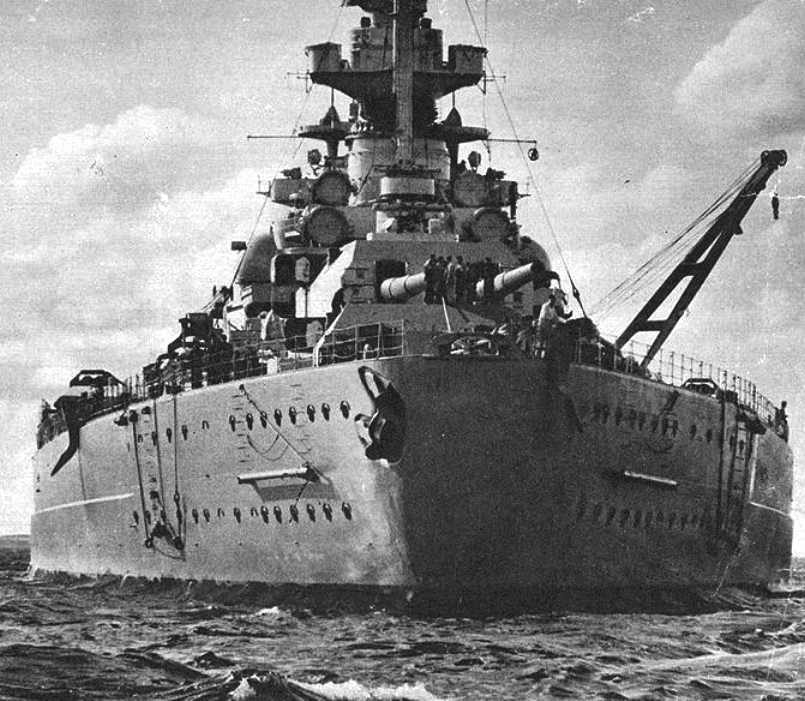|
SHIPS OF THE WORLD
|
|||
|
STENA VISION
Vessel type: Crude Oil Tanker
FAMOUS OIL TANKER SHIPWRECKS
1967 Torrey Canyon UK - 119,000 tonnes 1978 Amoco Cadiz Brittany - 220,000 tonnes 1989
Exxon Valdez Alaska - 38,800 tonnes
TI CLASS SUPERTANKER
The TI Class of ships are the four largest double-hulled supertankers in the world and are, as of 2010, the largest ocean going ships currently in service. The previous largest ship, the single hulled supertanker Seawise Giant, was scrapped in 2010. The class comprises the ships TI Africa, TI Asia, TI
Europe and TI Oceania, where the "TI" refers to the VLCC Tanker Pool operator Tankers International L.L.C. The class were the first ULCCs (Ultra-large crude carriers) to be built for 25 years.
Conversion
Tanker in high seas
Ship in a storm
EXXON VALDEZ MARCH 24 1989
The Exxon Valdez oil spill occurred in Prince William Sound,
Alaska, on March 24, 1989, when Exxon Valdez, an oil tanker bound for Long Beach, California struck Prince William Sound's Bligh Reef and spilled 260,000 to 750,000 barrels (41,000 to 119,000 m3) of crude oil. It is considered to be one of the most devastating human-caused environmental disasters. The Valdez spill was the largest ever in U.S. waters until the 2010 Deepwater Horizon oil spill, in terms of volume released. However, Prince William Sound's remote location, accessible only by helicopter, plane, and boat, made government and industry response efforts difficult and severely taxed existing plans for response. The region is a habitat for salmon, sea otters, seals and seabirds. The
oil, originally extracted at the Prudhoe Bay oil field, eventually covered 1,300 miles (2,100 km) of coastline, and 11,000 square miles (28,000 km2) of ocean. Then Exxon CEO, Lawrence G. Rawl, shaped the company's response.
BISMARCK
Bismarck was the first of two Bismarck-class battleships built for the German Kriegsmarine. Named after Chancellor Otto von Bismarck, the primary force behind the unification of Germany in 1871, the ship was laid down at the Blohm & Voss shipyard in Hamburg in July 1936 and launched two and a half years later in February 1939. Work was completed in August 1940, when she was commissioned into the
German fleet. Bismarck and her sister ship Tirpitz were the largest battleships ever built by Germany, and two of the largest built by any European power.
LINKS
ASV - Unmanned Systems Baltic Ace - cargo vessel collision Bluebird Marine Limited CHARC - Lockheed Martin concept vessel ClassNK - Japanese ship classification society Costa Concordia - accident pictures and salvage operation Exxon Valdez - Oil tanker disaster, Alaska Ghost - Juliet Marine Hawkes - Minisubs International Maritime Organization Mine Hunters, mine sweepers - National Oceanographic Center - Southampton, UK Pearly Miss 13' aluminum sports boat Protector - Raphael Armaments drone boat Ship Owners Trust - International Cargo Solar powered and solar assisted ships Technology Strategy Board - Autonomous Navigation Torrey Canyon - Oil tanker disaster, Bligh Reef
Solarnavigator is designed to carry the Scorpion anti pirate weapon. A fleet of such autonomous vessels could be the basis of an international peacekeeping, and/or emergency rescue force. The navigation system that is being developed for SolarNavigator could have prevented the sinking of the Costa Concordia. This might be of interest to fleet operators.
|
|||
|
This website is copyright © 1991- 2013 Electrick Publications. All rights reserved. The bird logo and names Solar Navigator and Blueplanet Ecostar are trademarks ™. The Blueplanet vehicle configuration is registered ®. All other trademarks hereby acknowledged and please note that this project should not be confused with the Australian: 'World Solar Challenge'™which is a superb road vehicle endurance race from Darwin to Adelaide. Max Energy Limited is an educational charity working hard to promote world peace. |
|||
|
AUTOMOTIVE | BLUEPLANET BE3 | ELECTRIC CARS | ELECTRIC CYCLES | SOLAR CARS | SOLARNAVIGATOR |




